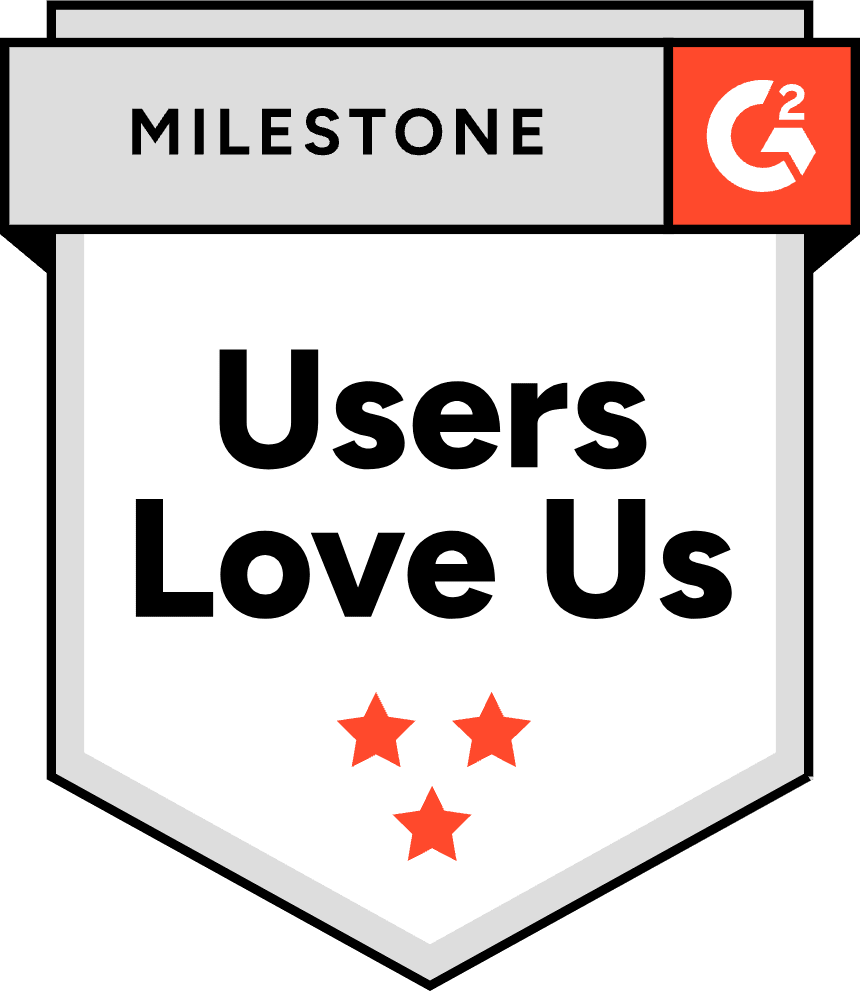This post dives into the ins and outs of Shopify POS customer service, exploring how to connect with them, what users are saying in reviews, and common complaints. It’ll help you understand what to expect as a Shopify user.
You’ll also explore some of the best alternatives to Shopify POS depending on the type of business you run.
Ways to Contact Shopify POS Customer Service
When discussing Shopify POS customer service, we’ll refer to assistance with hardware issues, including card readers, barcode scanners, and cash drawers; POS software bugs or crashes; synchronization problems between the POS system and your online store; account or store access issues; and payment or transaction errors at checkout.
These requests often require access to your Shopify admin or device logs, so support channels typically operate through authenticated or logged-in paths.
Based on Shopify’s current support setup and community feedback, here are the primary contact methods available. Each has its pros and cons, depending on your specific issue (hardware, software, account access, etc.).
Shopify Help Center Chat (Primary Channel)
This is the most commonly recommended method now:
- Go to the Shopify Help Center.
- Enter your issue or a keyword (e.g., “POS reader not working”) in the chat widget.
- If the AI assistant doesn’t resolve the issue, look for prompts such as “I still need help” or “Contact support.”
Authenticate by selecting your store or logging in.
- You’ll be connected to a Support Advisor via chat.
- From there, request escalation or a callback if needed.
Some users report that if you’re not logged in or your store is suspended, the chat flow becomes circular (bot loops). Use incognito/private mode, clear cache, or try a different browser if stuck.
Callback / Phone Request via Help Center
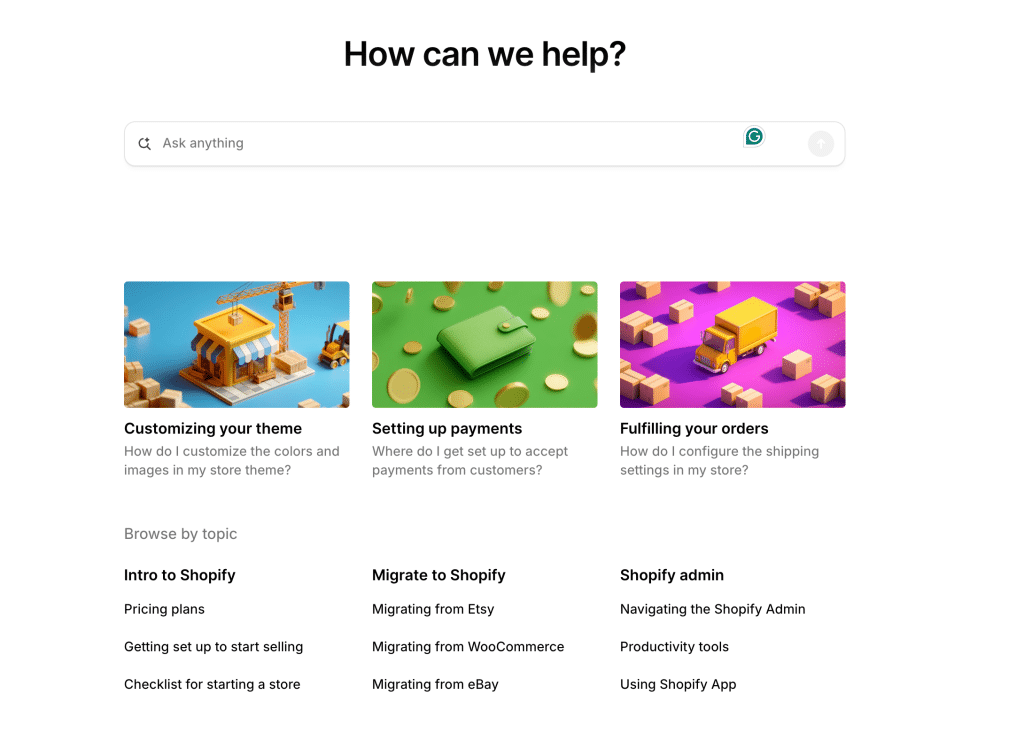
While Shopify no longer maintains a support phone number that users can call, they do allow callbacks:
- Start through the Help Center chat as above.
- Request a callback instead of continuing via text chat.
- Provide your phone number; a Shopify advisor should call you back.
- In some regions or under certain accounts (e.g., POS plans), you might see a direct phone number in-app or via the callback scheduling screen.
Shopify Community & Forums
For less urgent or generic POS questions:
- Visit the Shopify Community Forums.
- Search for “POS” or your specific error.
- Start a new thread if you can’t find your issue.
Sometimes Shopify staff or community experts will answer or help guide you to the right channel.
Social Media / Twitter Support
When all else fails:
- Tweet or DM @ShopifySupport.
- Use Facebook or LinkedIn support pages.
- Tag your issue with “POS” or “ShopifySupport.”
This method may prompt a support team to reach out, especially in urgent or high-impact cases.
Shopify POS Customer Service Reviews
Average User Score
Shopify’s user scores vary across platforms, reflecting differences in reviewer focus (e.g., merchants vs. end-customers). Below is a summary of the average user scores as of 2025, based on verified review aggregates. Scores are typically on a 5-star scale unless noted.
| Platform | Average Score | Number of Reviews | Notes |
| Trustpilot | 1.3/5 | 3,842 | Primarily from end-customers and some merchants; rated “Bad” overall; common complaints include billing issues and support |
| G2 | 4.4/5 | 5,861 | From business users (merchants); strong for ease of use and scalability |
| Capterra | 4.5/5 | 6,580 | From eCommerce users; praised for conversion tools and integrations |
The overall average across these platforms is approximately 3.4/5 (calculated as the mean of the three scores: (1.3 + 4.4 + 4.5) / 3). G2 and Capterra show higher satisfaction among professional users, while Trustpilot’s lower score is driven by consumer-facing feedback.
Customer Likes
People appreciate that Shopify POS is easy to use, works smoothly on both iPads and phones, and handles various types of sales well, from barcoded items to custom weights and quick buttons.
It’s flexible, user-friendly, and reliable for local pickup and delivery. Even with minor glitches, it’s an overall seamless system that suits many store setups.
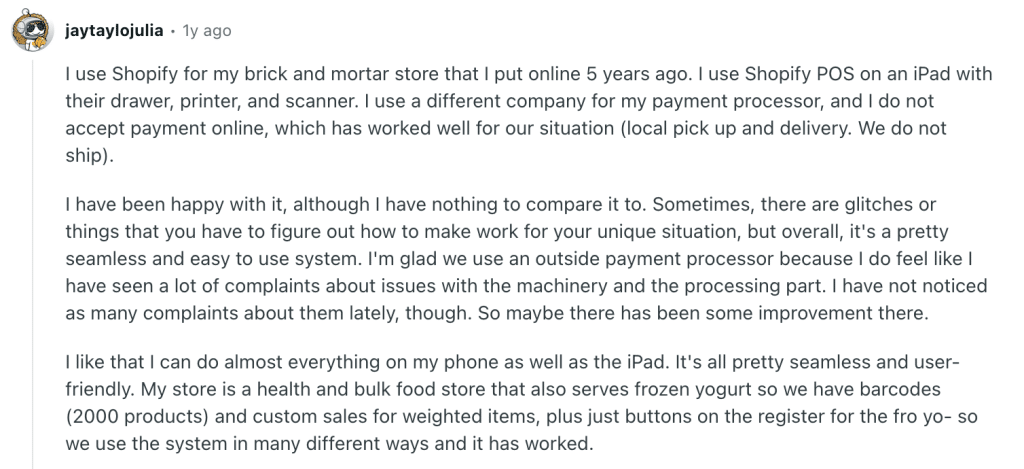
Source: Reddit Shopify
Biggest Complaints
People often dislike that Shopify can be slow and difficult to use, especially when you have many product variations.
The cost is another big downside, as useful features like detailed inventory reports and advanced staff permissions are only available on the expensive Pro plan. Offline mode isn’t very reliable, which can cause problems when the internet drops.
Many users are also frustrated with Shopify’s poor customer support; responses are often slow, inconsistent, and hard to get. For businesses that rely on Shopify, these issues can create stress and uncertainty, leaving them feeling unsupported when problems arise.

Source: Capterra Shopify
Shopify Customer Support Complaints
Difficulty getting to a human/overuse of bots / AI loops
Many users say support starts with chat or AI, and they are stuck repeating themselves or are routed in circles without ever speaking to a human.
Some reports indicate that even when requesting a human or escalation, the response is delayed or nonexistent.
Merchants often report that navigating past the automated chat assistant and reaching a knowledgeable live support agent can be difficult and frustrating, as the bot often repeats the same information or provides unhelpful responses.
Resolution Time for Critical Issues
For severe issues, such as a store being shut down or significant technical errors, merchants have complained about extremely long wait times for a resolution, sometimes for days, resulting in lost business. Support tickets that are supposed to be followed up on within a few days drag on for weeks.
Inaccurate or Harmful Advice
In some reported cases, merchants have received incorrect instructions from support that led to further, sometimes severe, problems with their store or other connected services (like DNS settings).
Account Freezing, Billing, and Fee Disputes
Merchants have had their stores frozen or payouts withheld with little to no communication or explanation. Some experienced unexpected website crashes or store outages without clear reasons, which required urgent support.
There are also numerous complaints about unexpected or excessive fees, incorrect billing, or the complexities of transaction fees, especially when using third-party payment gateways.
Find out how much you’re spending.
Technical Issues & Product Uploading Problems
First-time users often encounter issues or errors when attempting to import bulk products via CSV files. Some also face slow website response and poor loading performance for online stores, which can negatively impact sales and SEO.
Pros and Cons of Shopify Customer Support
Shopify’s customer POS support system is a mix of strong accessibility and a number of user-reported frustrations, with the quality often depending on the complexity of the issue and the merchant’s plan tier. Here is a breakdown of the pros and cons of Shopify’s customer support for merchants:
Pros of Shopify Customer Support
| Feature | Description |
| 24/7 Availability | Support is available 24/7 via multiple channels. |
| Multiple Channels | Merchants can typically access support through live chat, phone, and email (though phone and email access can be limited by plan tier), catering to different preferences and urgency levels. |
| Extensive Self-Help Resources | The Shopify Help Center (knowledge base) and Community Forums are well-stocked with guides, tutorials, and peer-to-peer advice, allowing for quick, independent troubleshooting of common issues. |
| Dedicated Support for Shopify Plus | Merchants on the higher-tier Shopify Plus plan receive top-priority assistance and dedicated support to handle complex, enterprise-level issues efficiently. |
| Real-Time Guidance | Live chat and phone support offer real-time interaction, making it faster to resolve urgent or time-sensitive problems like site outages or payment processing errors. |
| Shopify Inbox | Shopify provides tools like Shopify Inbox to help merchants manage their own customer interactions efficiently (customer service for the merchant’s customers). |
Cons of Shopify Customer Support
| Issue | Description |
| Degraded Quality of Support | Many current and former users report a noticeable decline in the quality of support in recent years, often citing long wait times and unhelpful or generic responses. |
| Outsourcing and Language Barriers | Reports suggest a high use of outsourced and offshore representatives, which can lead to communication issues, a lack of technical depth, and difficulty in resolving complex problems quickly. |
| Limited Access by Tier | Essential communication methods like phone and email support may be difficult or impossible to access for merchants on lower-tier plans, often being reserved for Basic/Advanced or Shopify Plus. Lower tiers are typically relegated to chat only. |
| Inaccurate or Generic Advice | Users frequently complain about receiving inaccurate advice, especially concerning technical issues like DNS or domain settings, which can lead to further problems or site downtime. There are also complaints of generic “canned” responses. |
| Over-Reliance on Third-Party Apps | Some users report that support agents often recommend downloading a paid third-party app as the solution to a problem, rather than providing a native or direct fix, increasing a merchant’s overall costs. |
| Difficulty with Complex Issues | For non-standard or highly technical bugs/issues, support may be slow to escalate or resolve the problem, requiring multiple long chat sessions and causing significant business disruption. |
Shopify POS Alternatives: How Does Their Customer Service Compare?
Choosing the right POS means not just the features, but also how well the support holds up under pressure. And here are some of the best Shopify POS alternatives below:
KORONA POS
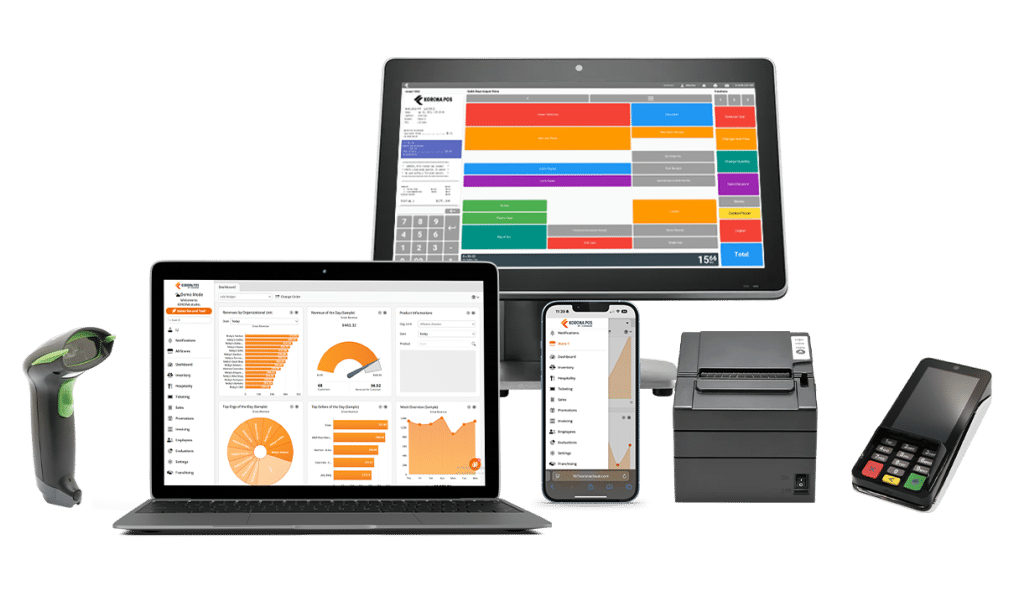
KORONA POS is a robust POS solution built for businesses prioritizing brick-and-mortar operations that need deep control over their inventory.
A key differentiator is its processing-agnostic model, a significant benefit that allows merchants to choose their own payment processor, providing a substantial financial advantage over Shopify’s ecosystem lock-in.
With a free trial and no long-term contracts, it’s low-risk to test. Reviews praise its stability during peak hours, a boon for busy stores where Shopify outages can disrupt sales.
Customer service is another highlight, offering 24/7 U.S.-based support via phone, chat, or email, with issues often resolved within an hour, according to user feedback on G2.
KORONA POS is very user-friendly. You can customize the interface to conform to your business needs. Their customer service is in the United States, always accessible, and always awesome. We love that we can use it to help our business scale.
-Darlene P.
This contrasts with Shopify’s email/ticket system, which can lag during high-volume periods. Overall, KORONA POS suits hybrid operations but may require add-ons for advanced online syncing.
| Metric | KORONA POS | Shopify POS |
| Ratings | ~ 4.7 / 5 ( SoftwareAdvice, G2 ) | Mixed — Shopify POS app shows ~3/5 in app reviews |
| Overall reviews | Strong on reliability, inventory tools, and transparent pricing | Many users praise integration with Shopify eCommerce, but others complain about POS-specific shortcomings and support gaps |
| Support | 24/7 in-house, no extra support fees, training & setup help | Support is available (phone, chat, documentation), but some merchants report slow or unhelpful responses |
| Features | Flexible processor choice, rich inventory management, multi-store support, loyalty tools | Excellent integration with Shopify ecosystem, unified online/offline inventory, eCommerce tools built in |
| User experience | Generally rated intuitive, though advanced features can have a learning curve | Smooth interface, good UI design, though users report peripheral connectivity issues and occasional bugs |
Speak with a product specialist and learn how KORONA POS can power your business.
BigCommerce
BigCommerce appeals to scaling B2C/B2B stores with unlimited bandwidth and no transaction fees outside its gateway, saving 0.5-2% per sale versus Shopify. It’s considered one of the best retail management software.
It excels in headless setups for custom sites, ideal if you’re outgrowing Shopify’s templates. It has built-in SEO tools that can boost organic traffic.
However, its revenue-based pricing can come as a surprise to growing shops. Support is email/phone-based with solid docs, but reviews on Trustpilot ding it for billing disputes, averaging 2-3 day waits—better than Shopify’s pricing rules, but not instant.
| Metric | BigCommerce | Shopify POS |
| Ratings | 4.2/5 (G2, Trustpilot) | 4.5/5 (G2, Capterra) |
| Overall Reviews | Scalable for complex needs; billing gripes common | Versatile for startups; fee frustrations |
| Support | Email/phone; good self-help; 2-3 day avg response | Email/tickets; chat for higher tiers |
| Features | Headless commerce, B2B tools, multi-channel | App ecosystem, omnichannel basics |
| User Experience | Customizable but learning curve; dev-friendly | Polished interface; app-dependent |
Square POS

Square POS’s support is generally solid for small to mid-sized operations, but with caveats: in free or lower tiers, phone support is only available during business hours. Higher tiers unlock 24/7 support. Some users claim that as the business becomes more complex, support responsiveness decreases.
However, some users claim that as the business becomes more complex, especially for those with high sales volumes or those handling large, sporadic transactions (such as high-value automotive repairs or large event sales), support responsiveness decreases.
Customers frequently report that reaching a dedicated human representative quickly or escalating beyond standard script-based replies can be challenging. For many users, the self-service online Support Center and community forums remain the most reliable sources for finding answers to common issues.
more reading
- Want to know which POS system is right for your business, Shopify POS or Square POS? Dive into our blog post where we break down their strengths, pricing, and best use cases, and help you make an informed choice.
- Read 👉 “Shopify POS vs Square POS” here
| Metric | Square POS | Shopify POS |
| Ratings | 4.6/5 (G2, Trustpilot) | 4.5/5 (G2, Capterra) |
| Overall Reviews | Free entry, intuitive; fee creep | Balanced features; outage risks |
| Support | Phone/chat; long waits, bot-heavy | Email/chat for paid; forums |
| Features | Loyalty/marketing, appointments | Hardware integrations, apps |
| User Experience | Plug-and-play; limited for growth | Versatile; steeper for hardware |
Lightspeed POS
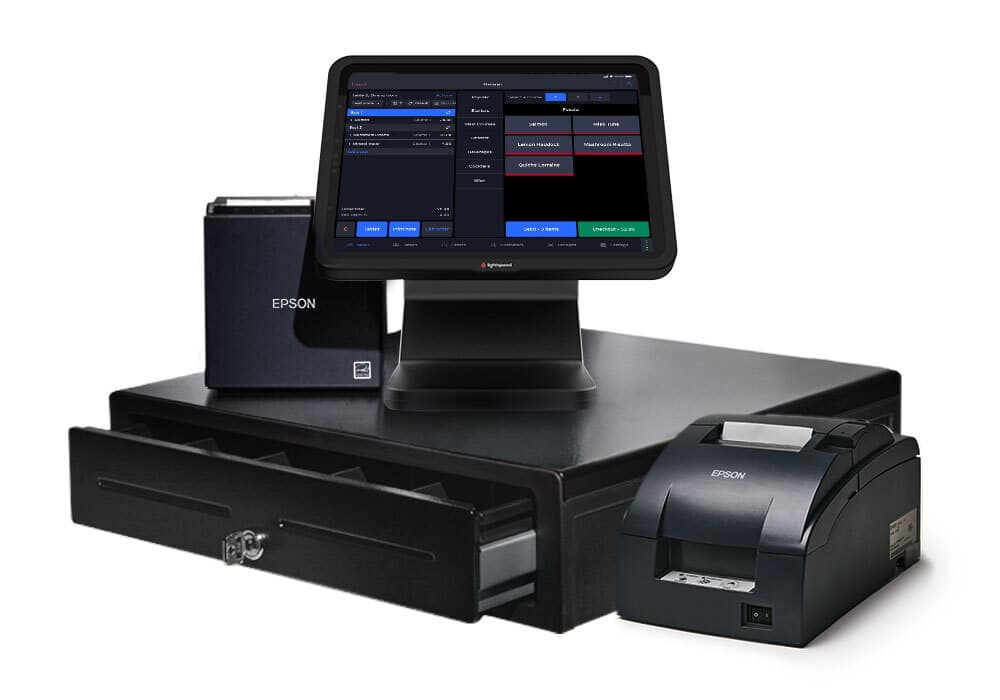
Lightspeed POS is primarily designed for high-volume, multi-location, and complex retail/restaurant environments. As such, its support model is generally more comprehensive than basic plans offered by competitors. Lightspeed provides typically 24/7 phone, email, and live chat support across all its core POS products (Retail and Restaurant).
While users frequently rate the quality and knowledge of Lightspeed’s technical staff highly, particularly for complex inventory or specialized hardware issues, some users report lengthy wait times during busy periods.
Lightspeed’s support is generally considered more hands-on and readily available (24/7) via live channels than Shopify POS, which relies more heavily on email, chatbot, and self-guided help center. Shopify’s core strength is its vast, user-friendly documentation, whereas Lightspeed offers a more direct line to a specialist.
more reading
Want to know which POS system is right for your business, Shopify POS or Lightspeed? Dive into our blog post where we break down their strengths, pricing, and best use cases, and help you make an informed choice.
- Read 👉 “Shopify POS vs Lightspeed” here
| Metric | Lightspeed POS | Shopify POS |
| Ratings | 4.2/5 (G2, Capterra) | 4.5/5 (G2, Capterra) |
| Overall Reviews | Robust for multi-store inventory; support inconsistencies noted | Seamless omnichannel; fee and outage complaints |
| Support | 24/7 phone/chat/email with managers; mixed resolution speeds | Email/tickets/chat for paid; reliable but peak delays |
| Features | Advanced reporting, supplier integration, staff management | App ecosystem, unified online/offline |
| User Experience | Customizable but steeper curve; mobile app lags (2.5/5 avg) | Intuitive and mobile-optimized; beginner-friendly |
Looking for 24/7 Support? Try KORONA POS Today!
Have trouble getting your POS customer service on the phone?
KORONA POS offers 24/7 phone, chat, and email support. Call us at 833.200.0213 to see how reliable we are.
Unlike Shopify, which primarily supports you through chat or email (and with limited hours for live help), KORONA POS gives your business real, unlimited access to support via phone, email, live chat, and a robust online knowledge base, all included in your subscription.
With KORONA, a trained product specialist is ready to take your call or answer your questions – with no hidden fees or pricing tier upgrades required.
What truly sets KORONA POS apart is how deeply it supports verticals where Shopify can struggle, primarily retail storefronts like liquor, smoke, specialty stores, convenience, and QSRs.
In the catering vertical, KORONA POS enables businesses to manage menus, route orders, track ingredients, assign delivery schedules, and optimize workflows, all with a reliable support team on standby to address any issues that may arise.
Ready to see it in action? Call us at 833.200.0213, email support@koronapos.com, or chat with us online. You’ll get a response right away. And if you want to schedule a demo or sign up for a free trial, click below to get started.
FAQs
1. Does Shopify have its own POS system?
Yes, Shopify has its own point of sale system called Shopify POS. It is a mobile app (available on iOS and Android) designed to help merchants process in-person transactions. It seamlessly connects and syncs your physical store’s sales, inventory, and customer data with your online Shopify store.
2. Is Shopify POS different from Shopify?
Yes, Shopify POS is a distinct part of the overall Shopify eCommerce platform. Shopify is the primary system for your online store, while Shopify POS is the dedicated application for managing and processing in-person sales. The two systems work together to create a unified commerce experience, syncing all your sales channels into one place.
3. Do you have to pay for Shopify POS?
For the most basic version of Shopify’s eCommerce solution, Shopify Basic, users pay $29/mo. However, to access features for brick-and-mortar stores, users must upgrade to Shopify Retail, which starts at $89/mo. Regardless of the plan, merchants must also purchase their own hardware, such as a card reader and receipt printer. Users must use Shopify’s processing, typically at higher rates than those found with independent processing partners.
4. Do you have to use Shopify hardware with Shopify POS?
You are not required to use exclusively hardware sold by Shopify, but you must use hardware that is compatible with Shopify. For credit card processing, you must use a Shopify card reader, which only works if you have Shopify Payments enabled. For other accessories, such as receipt printers and barcode scanners, you can purchase verified third-party models listed on Shopify’s compatibility list.



